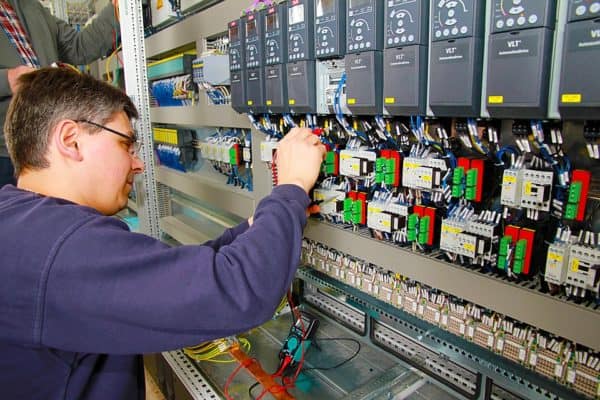
Home automation is already big, and according to a report published by Marketsandmarkets, there is no sign that industry is slowing down. At a compound annual growth rate (CAGR) of 12.46% towards 2022, the home automation industry is projected to be worth more than $78 billion in eight years.
Dozens of companies have jumped onboard the smart home train, with more and more products seeming to get released every quarter. Companies such as ADT, Samsung, Siemens, and United Technologies Corp. are understanding that consumers have grown more aware of their energy usage, which is one of the larger factors that Marketsandmarkets credits for the massive growth in the coming years.
As a result of energy usage awareness (and the costs associated with it), smart thermostats are expected to grow at the highest rate within the automation system market. According to the report, smart thermostats are being installed in “most North American homes”.
Regional Smart Home Concentration
Speaking of North America, the report suggests that the continent and the Asia-Pacific region are the “major markets” for home automation systems. Rapid economic growth and urbanization, mixed with an increase in population and standard of living especially in the Asia-Pacific region are the main contributors to the area being the hub of automation industry growth.
Despite the rapid growth in the East, North America still accounts for the largest portion of the automation market.
How the Products Rank
Other related products such as geofencing, lighting controls, and IP cameras are also expected to see a continuance in growth. While companies offer these products on a separate basis, many others offer packaged home automation solutions that come with a monthly fee. This is especially common for home security companies that offer safety monitoring as part of their home automation solutions.
The role that home security companies have in the growth of home automation systems was not explicitly stated in the summary. Accessing all details in the Marketsandmarkets report will set a single user back $4500, so only so much information has been disclosed.
The report summary did however state that rising consumer awareness for the importance of home monitoring was also a contributing factor in the overall automation market.
Future Challenges
Despite the extraordinary expected growth in home automation, the industry is still not without its barriers. In one article from IFSEC Global, one issue that the home automation market is still dealing with the interoperability of devices, as well as selling automation as a necessity rather than a luxury.
However, one can imagine where the technology of home automation will be by the year 2022. Systems could become simpler to use, and most importantly: cheaper.
These are immediate barriers that the industry has dealt with since its inception, and it’s reasonable to assume that the Marketsandmarkets report accounts for such barriers.
Regardless, the next generation of Americans could very well see home automation as a new standard of living that exists outside of its current status as an upscale commodity.
 Gearfuse Technology, Science, Culture & More
Gearfuse Technology, Science, Culture & More


